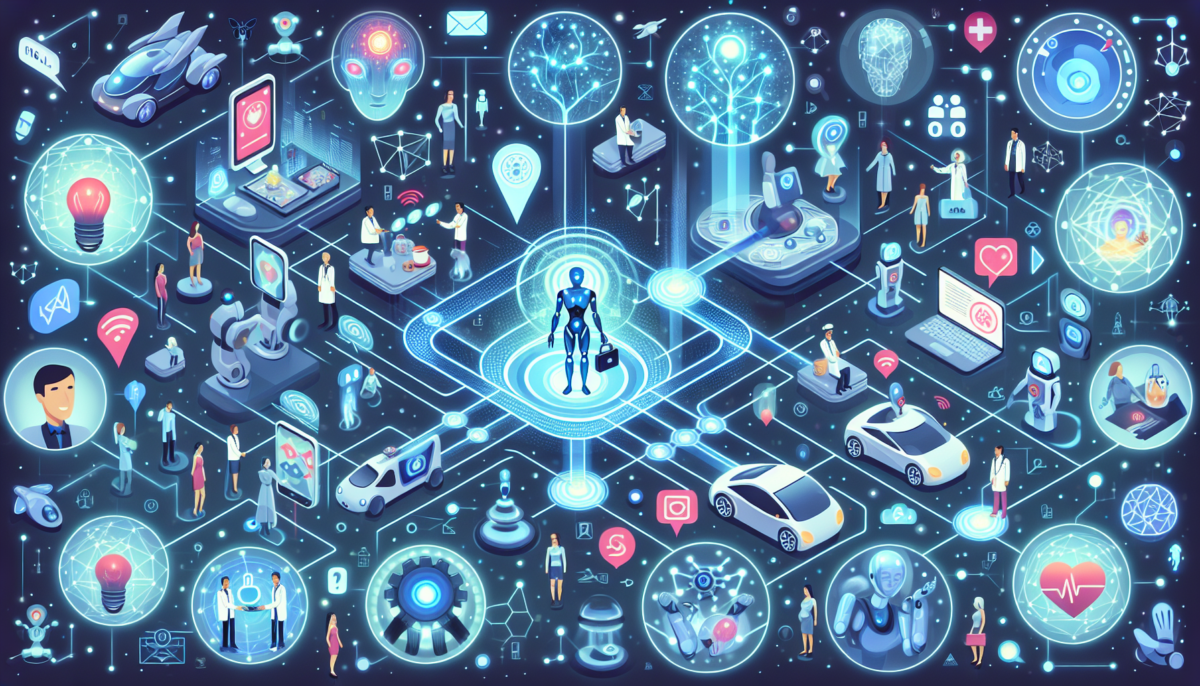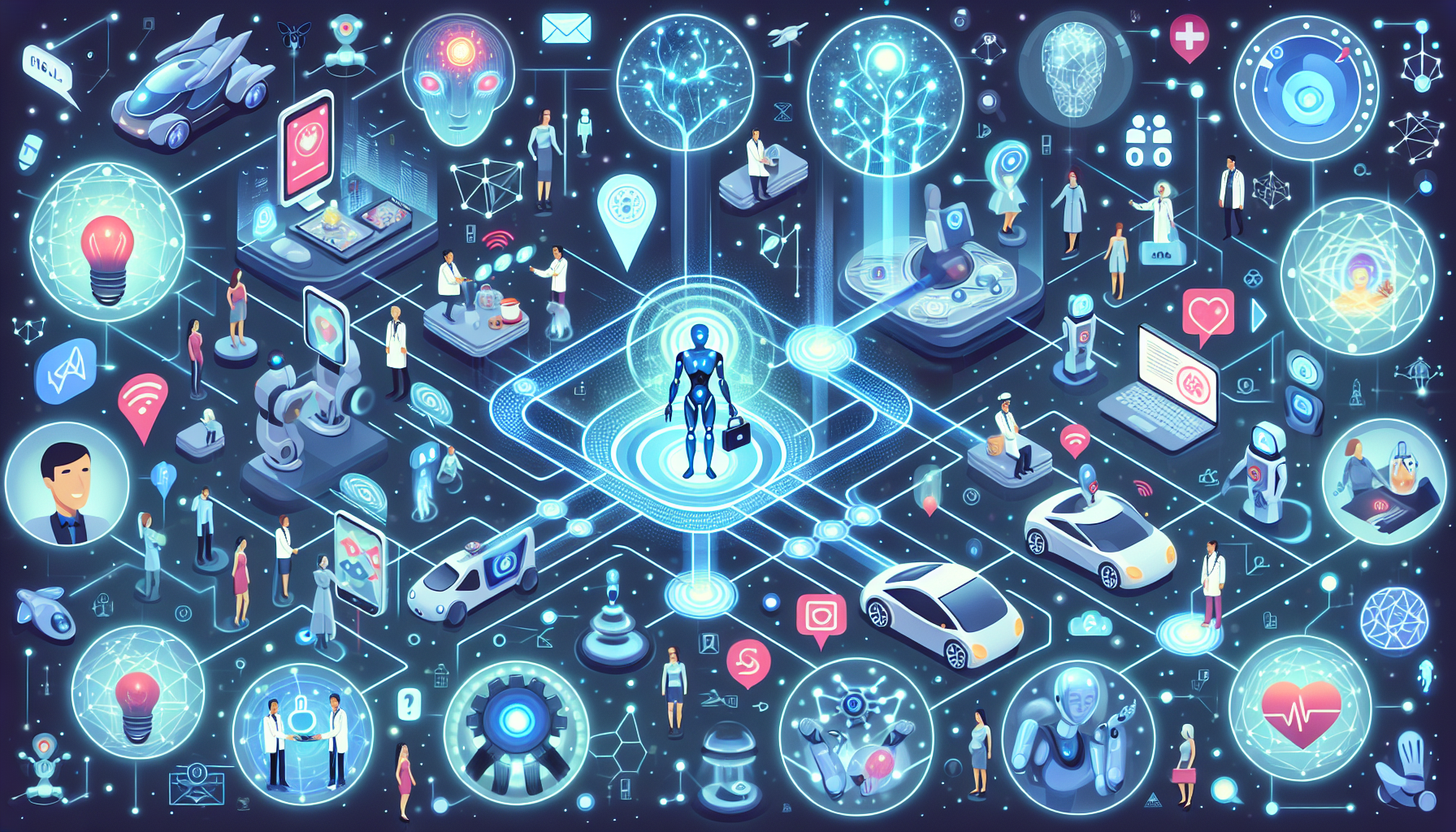CSIRO Targets Next-Generation AI Agents to Realize the ‘Copilot’ Vision
We independently review everything we recommend. When you buy through our links, we may earn a commission which is paid directly to our Australia-based writers, editors, and support staff. Thank you for your support!


Quick Overview
- CSIRO finds limited utility of Microsoft 365 Copilot for intricate tasks.
- Trials indicate AI copilots excel mainly in summarizing, drafting emails, and conference notes.
- Verification of AI outputs leads to a productivity conundrum.
- CSIRO foresees a transition towards increasingly independent and intelligent AI agents.
- Future AI agents may incorporate multimodal functionalities like voice and image interpretation.
- Firms encouraged to strategize AI integration, emphasizing governance and ethics.
CSIRO’s Assessment of Microsoft 365 Copilot
The Commonwealth Scientific and Industrial Research Organisation (CSIRO) has finalized its review of Microsoft 365 (M365) Copilot, providing a detailed evaluation of its workplace potential. As part of a six-month government trial, CSIRO followed Treasury’s lead in publicly disclosing its insights regarding the AI-enhanced assistant. While recognizing certain benefits, CSIRO found that M365 Copilot fell short in several important aspects.
Real-World Workflow Performance
CSIRO’s evaluation, shared on the open-access research platform arXiv, indicates that the tool yielded favorable outcomes in simple tasks such as meeting summaries, email drafting, and basic information retrieval. Nevertheless, it faltered in handling more complex operations like specific problem-solving and discerning decision-making.
“AI copilots are advertised as game-changing technologies, yet their practical value relies on numerous socio-technical variables,” CSIRO researchers pointed out. These factors include how well tools mesh with current workflows, user trust levels, and how they align with professional necessities.
Productivity Conundrum: Time Saved Versus Time Invested
Despite the advantages of automation, users described a “productivity conundrum”—where time saved by AI was counterbalanced by the necessity to verify and amend its results. This situation raises important questions for organizations assessing the ROI of such tools.
“As organizations evaluate the investment returns on AI copilots, they need to consider if these tools truly boost productivity or merely redirect cognitive efforts,” the report remarked.
AI Agents vs. Augmentative Tools
CSIRO’s distinctive research setup posed challenges for integrating Copilot, which is primarily intended for administrative and corporate use. However, the organization discovered potential in the broader idea of AI agents—autonomous digital assistants capable of more sophisticated reasoning and decision-making.
The Emergence of AI Agents
In contrast to M365 Copilot, which is deeply entrenched in Microsoft’s ecosystem and primarily serves as an augmentative tool, developing AI agents are designed for independent operation. These next-generation agents are currently under development by various firms like OpenAI, Google DeepMind, and Anthropic, and are expected to exceed the capabilities and usability of present copilots.
“The emergence of artificial general intelligence (AGI) and AI agents suggests that the existing generation of copilots… will soon be surpassed,” CSIRO noted.
Multimodal Capabilities and Future Work Dynamics
Future AI agents are anticipated to possess multimodal capabilities—encompassing and generating outputs across text, images, and voice. This advancement could transform workflows in areas such as healthcare, education, scientific research, and legal services.
“Organizations need to gear up for a future where AI agents function alongside employees in a more integrated and autonomous fashion than current copilots enable,” researchers emphasized.
Strategic Integration: Ethics, Governance, and Workforce Effects
CSIRO calls for organizations to advance beyond trial programs and start planning for the strategic integration of AI agents. Key considerations should encompass governance frameworks, workforce preparedness, and ethical issues such as bias, transparency, and accountability.
As AI capabilities progress rapidly, the conversation is shifting from whether to adopt AI assistants to how to introduce them in a responsible and effective manner.
Conclusion
CSIRO’s evaluation of Microsoft 365 Copilot indicates that, while the tool provides certain productivity enhancements, it is inadequate for complex, domain-specific tasks. The organization stresses the importance of looking forward to more autonomous AI agents equipped for deeper reasoning and multimodal interactions. As the AI landscape continues to change swiftly, Australian organizations must create thoughtful strategies for integration, ensuring alignment with ethical, operational, and workforce objectives.
Q: What aspects of Microsoft 365 Copilot did CSIRO find most beneficial?
A:
CSIRO identified M365 Copilot’s effectiveness in tasks like summarizing meetings, drafting emails, addressing technical issues, and transforming lengthy content into actionable insights.
Q: Where did M365 Copilot underperform during CSIRO’s investigation?
A:
The tool faced challenges with tasks that necessitated domain-specific expertise, creative solutions, and subtle decision-making. Users also found themselves dedicating significant time to verifying AI-generated outputs.
Q: Can you explain the “productivity conundrum” referenced by CSIRO?
A:
The productivity conundrum describes a scenario where time savings from AI automation are offset by the necessity for users to verify and adjust the outputs of the tool, thereby diminishing overall efficiency.
Q: How do AI agents differ from tools like M365 Copilot?
A:
AI agents are built to operate with a greater degree of autonomy and can make independent decisions. In contrast to Copilot, which is integrated within Microsoft’s platform, AI agents can engage across various systems and accommodate multimodal inputs like voice and images.
Q: Why is CSIRO optimistic about next-gen AI agents?
A:
CSIRO anticipates that next-gen AI agents will be more flexible, equipped for complex reasoning, and better adapted to sophisticated environments such as scientific research. They expect these agents to yield substantial productivity improvements compared to existing copilots.
Q: What factors should organizations contemplate when adopting AI agents?
A:
Organizations ought to establish strategies that encompass governance, workforce implications, ethical considerations (including bias and transparency), and the alignment of AI agents with their operational aims.
Q: Is CSIRO exploring other AI tools?
A:
Though the report does not specify particular alternatives, CSIRO indicates an interest in more autonomous AI agents being developed by prominent AI companies. These may include technologies from OpenAI, Google DeepMind, and Anthropic.
Q: What are the future expectations for AI in Australia’s public and research sectors?
A:
As AI solutions develop, public sector entities and research organizations like CSIRO are anticipated to investigate more advanced AI agents. The emphasis will be on strategic integration, performance assessment, and ensuring that tools meet sector-specific requirements and ethical standards.
